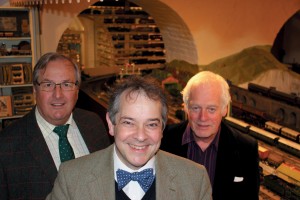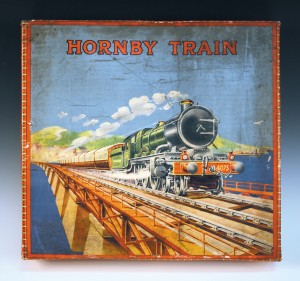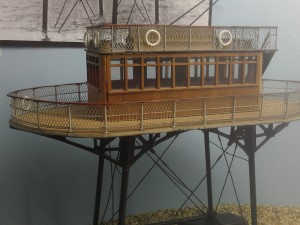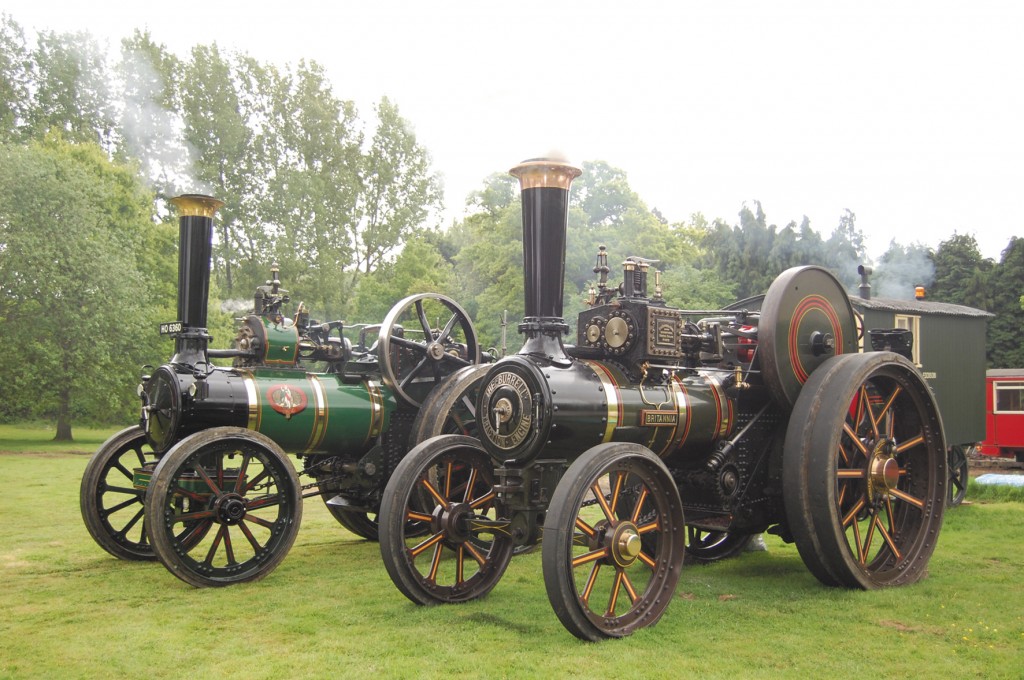
As soon as you start to talk about traction engines, Neil Gough’s eyes light up and his face breaks into a smile. His quiet enthusiasm is contagious. Neil discovered his passion for traction engines as a ten-year-old boy at the Parham Steam Rally, held at the foot of the Sussex Downs. I remember going and in those days there were rows of engines parading on the fields. It was at this event that a family friend, Peter Fagg, invited him onto his engine and the rest, as they say, is history. Today, Neil is a highly respected engineer specialising in traction engine mechanics. His gifts are in demand among the select band of custodians who keep these extraordinary engines running across the British Isles and even as far afield as New Zealand.
From about ten years old, whenever he could, he travelled with Peter to steam rallies across the country, living in the van and helping to polish and maintain the engine. Neil bought his first engine in 1997 when he was 19 years old. “It was a Marshall, made in about 1925,” says Neil. “They were made in Gainsborough, Lincolnshire. I paid £6,000 but it was in bits. After three years I had her running and it took another three years to paint her by hand.” Neil enjoyed the Marshall for many years and eventually sold her for £70,000, a testament to the quality of his work and the demand for these steam leviathans.
His latest engine and project is a McLaren road locomotive, circa 1912. The engineering works were located in Hunslet, Leeds, and run by the McLaren brothers, John and Henry. “This is the biggest road locomotive ever built,” Neil enthuses. “She’s top-notch but in poor condition. She’s had a chequered history and might have been a war department cancelled order – I’m still researching the engine’s history. She was exported to Australia and eventually blown up by scrap men. I’m planning to bring her back to her original state.” The engine was saved for preservation in 1978 and brought back to this country by Neil’s friend, Brian Hardy.
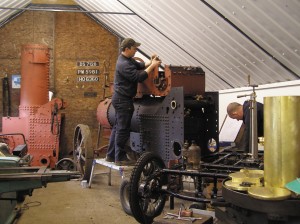
As we walk through the works, there are a number of clients’ engines being repaired. I am excited to discover the exacting tolerances Neil works to on engines of such enormous scale. “We work to a thousandth of an inch,” he says with quiet pride. The array of lathes and tools speak loudly of the calibre of this talented, modest engineer-enthusiast. To find gear-cutting, valve-facing, horizontal and vertical boring and so many other engineering skills under one roof is rare today. Everything is unique and handmade.
I ask Neil what is the thing he most likes about these traction engines and without hesitation he replies, “Driving them! It’s difficult and a skill. The challenge is that each engine has its own personality and quirks.”
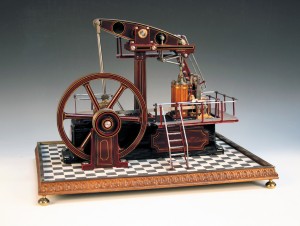
If a traction engine is beyond your reach, perhaps you could consider a model steam pump engine, like the one illustrated. It will be offered for sale in Toovey’s specialist auction of collectors’ toys and models, together with a number of other model steam stationary engines, on Tuesday 9th July 2013. It was hand built by the late Ron Wheele, who carried out restoration work at Brighton Toy Museum and the Brighton Engineerium. This beautifully crafted model is estimated at £800-1,200.
Neil Gough is always delighted to share his passion for engines and engineering with enthusiasts. To find out more about Neil’s engineering services, contact him on 01903 891454 or go to his website www.steamrestorations.co.uk.
“The major steam rally for traction engines in Sussex is now held at Wiston,” says Neil. With more than thirty steam engines, vintage and classic vehicles and many exhibitors, this year’s Wiston Steam Rally will be held this coming weekend, on Saturday 6th and Sunday 7th July. Who knows, you may discover that you share a passion for steam with Neil Gough! For more information go to www.sussexsteamrally.co.uk.
By Revd. Rupert Toovey. Originally published on 3rd July 2013 in the West Sussex Gazette.

